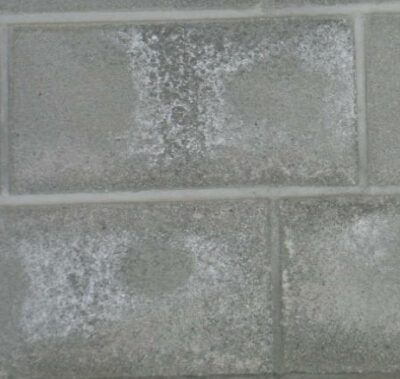8 common stone problems
Marble, granite, limestone and other decorative stone are durable materials that will last a lifetime. However, if not installed correctly or properly cared for problems may result that will shorten its life. The following are the most common problems that may occur.
1. Loss of shine
The loss of the high polish on certain marble and granite can be attributed to wear. This is especially true of marble, since it is much softer then granite. When shoes track in dirt and sand, the bottoms of the shoes can act like sandpaper on a stone floor surface and over time will wear the polish off. A stone restoration professional can restore the polish using a number of different techniques.
2. Etching
The dull, whitish spot created when liquids containing acids are spilled on marble is called etching. Marble and limestone etch very easily. Granite is very acid-resistant and will rarely etch. To prevent etching, avoid using cleaners and chemicals that contain acids. Light etching can be removed with a little effort and a good marble polishing compound. Deep etching or large areas will require the services of a restoration professional.
3. Stains
Some stone surfaces can become stained easily if they are not properly sealed. Many foods, drinks, ink, oil and rust can cause stains. Most stains on stone can be removed. For some, more difficult stains, professional techniques by a stone restoration provider may be the only hope. Permanent stains can occur.
|
4. Efflorescence |
|
6. Yellowing
There are several reasons why a stone will turn yellow: Embedded dirt and grime can give the stone a yellow, dingy look. Waxes and other coatings can yellow with age. Certain stones will naturally yellow with age as a result of oxidation of the iron within the stone. This is especially problematic with white marbles.
If the yellowing is caused by dirt or wax build up, have the stone cleaned with an alkaline cleaner or wax stripper. This may be a job best left to professionals. If the yellowing is the result of aged stone or iron oxidation, it is not coming out.
7. Uneven tile (lippage)
Lippage is the term given to tiles that are set unevenly. In other words, the edge of one tile is higher than the next and is the result of a poor installation. If the lippage is higher than the thickness of a nickel, it is considered excessive and a restoration contractor can grind the tile to flatten the floor.
8. Cracks and chips
Cracks in stone can be caused by settling, poor installation, inadequate underlying support or excessive vibration. Chips can result from a bad installation or when a heavy object falls on a vulnerable corner. Repairs can be done by a professional stone restoration contractor by filling with a color matched polyester or epoxy.






